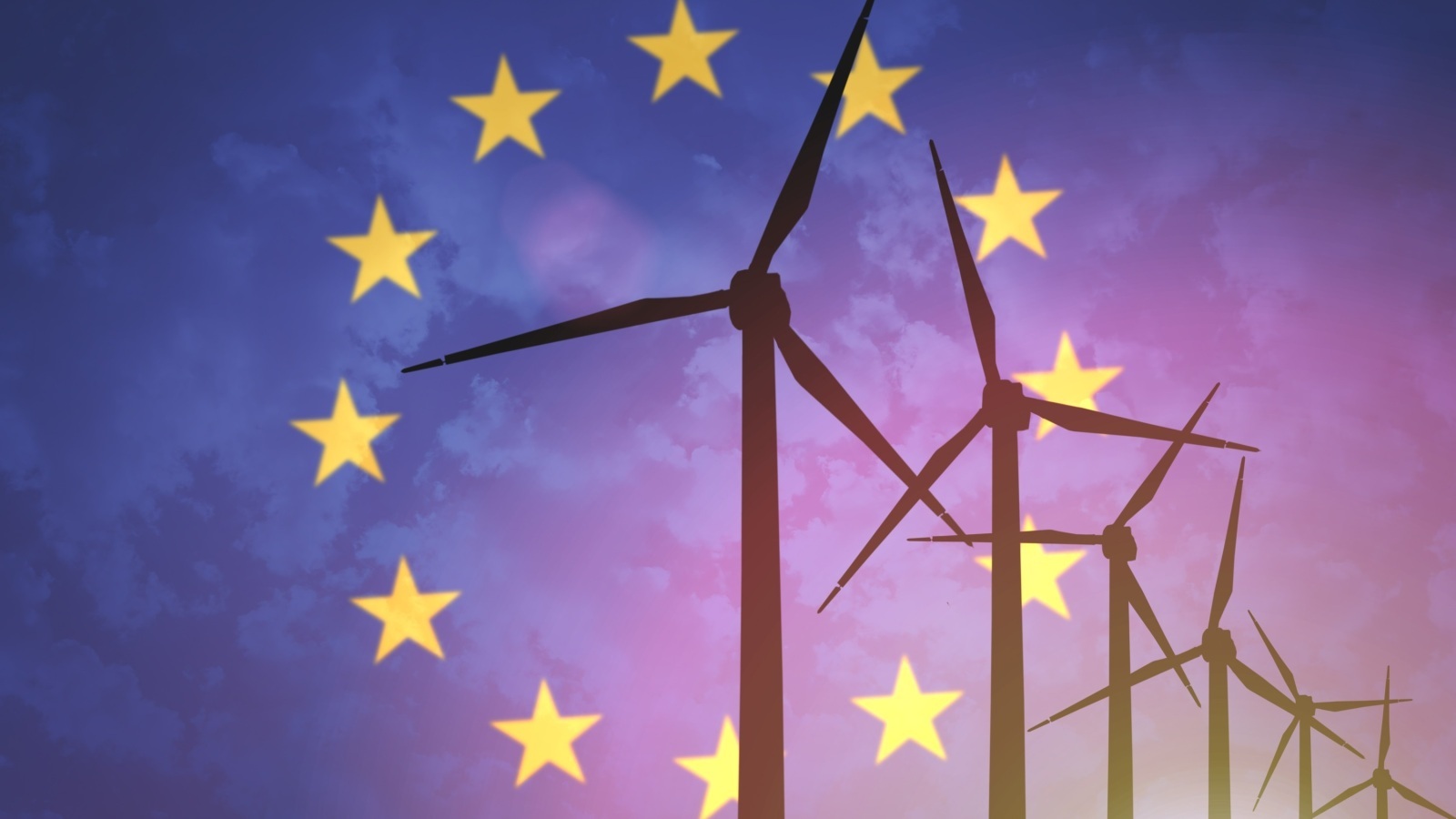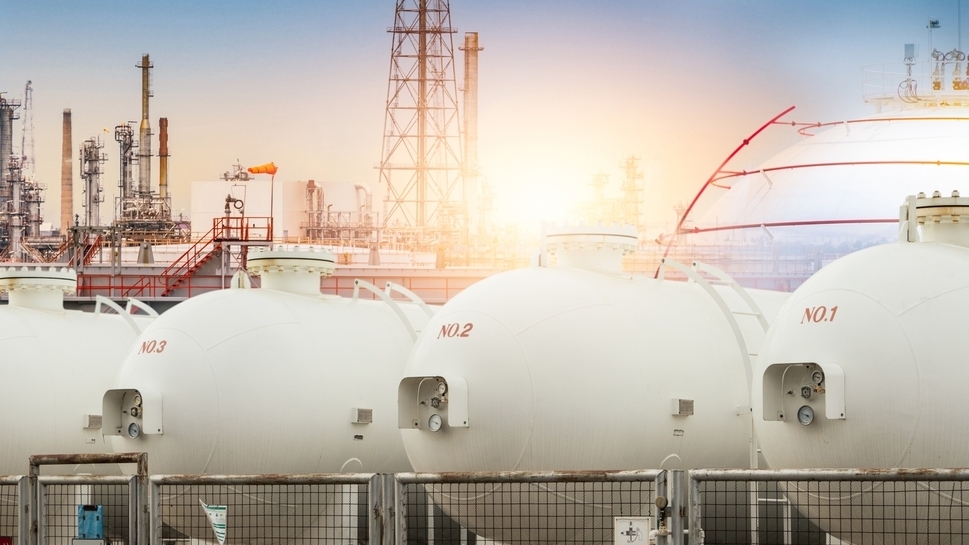
EU sharpens renewables targets despite challenging investment climate
The EU is pushing through more ambitious renewables targets, as high inflation and mounting costs are making life difficult for clean energy investors
The European Union is stepping up its clean energy ambition as the bloc’s council formally adopted its third Renewables Energy Directive (RED), thereby accelerating the 2030 target for the share of renewable energy in the EU's overall energy consumption to 42.5%. Previously this was 32%.
The revised targets come amid a challenging market for investment in clean energy, as inflation continues to be relatively high and costs are mounting.
The EU said all EU member states are now given a maximum of 18 months to include the RED III directive into their national legislative frameworks.
Teresa Ribera, the acting energy minister of Spain, which currently chairs the EU Council, called the new renewables goal “a step forward.”
"It is a step forward which will contribute to reach the EU's climate targets in a fair, cost-effective and competitive way," Ribera said.
Net Zero Investor's Annual Conference | 11th December 2023 | London
The RED III directive comes after months of negotiations between different member states. Particularly Poland and Hungary opposed the revised targets.
Last year, renewables covered 21.8% of EU final energy consumption. However, data from Fraunhofer ISE showed recently that, in the power sector, clean energy already covers nearly half of the bloc’s entire electricity demand.
Sector sub-targets
RED III contains a number of new sub-targets for specific sectors in order to speed up the rollout of clean energy, as the directive largely focuses on industry, transport and real estate.
For industry, the directive demands renewable energy use to climb by 1.6% every year, so the target of 42% will be hit by 2030.
"It is a step forward which will contribute to reach the EU's climate targets in a fair, cost-effective and competitive way."

In real estate, RED III focuses largely on heating and cooling, setting an indicative target of 49% for renewable energy share in buildings in 2030 as well as a binding annual increase of 1.1% from 2026 to 2030.
Finally, for the transport sector, member states have the option to go for a binding target of a 14.5% reduction in greenhouse gas emissions or a binding share of 29% of renewables within final energy consumption in transport.
EU Renewables supply annual share (2022)
Solid biomass | 41% |
Wind | 13% |
Hydro | 12% |
Liquid biofuels | 8% |
Solar | 6% |
Biogas | 6% |
Source: Eurostat
"Higher inflation and capital costs are affecting the entire energy sector."

The EU's revised renewables targets come amid a stark rise in government bond yields, with the cost of government borrowing for Eurozone governments surging to the highest levels in 12 years.
This is likely to accelerate the trend of governments turning to institutional investors to fund the energy transition.
But investors face a complex and relatively unattractive market too. High inflation and rising costs are prompting some investors to rethink their UK renewables strategies, with some investors cancelling projects altogether.
Swedish industry giant Vattenfall has pulled out of a large offshore wind project off the coast of the UK recently.
The firm explained the project was no longer attractive to investors as input costs had skyrocketed by more than 40%.
The state-owned company said that rising gas prices, high inflation and rapidly increasing costs had led to the rare decision to cancel the project altogether.
“It simply does not make sense to continue this project,” stressed Anna Borg, Vattenfall’s chief executive.
“Higher inflation and capital costs are affecting the entire energy sector, but the current situation has made offshore wind and its supply chains particularly vulnerable.”
"This situation is putting significant pressure on all new offshore wind projects," Borg warned.
Vattenfall's decision sent shockwaves through the UK's clean energy space.
Also read
New TPT framework hailed as ‘a vital step forward’




